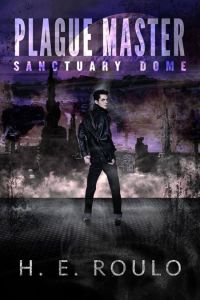 (An Author’s Responsibility to Mental Health Awareness)
(An Author’s Responsibility to Mental Health Awareness)
In Heath Ledger’s Oscar-winning performance in his portrayal of Batman’s most notorious villain in The Dark Knight, he said, “As you know, madness is like gravity … all it takes is a little push.”
The film, the actor, and real-life, orchestrated a cacophony that sends a chill up my spine to this very day. When I used to run the ScHoFan Critique Group in the Greater Los Angeles Writers Society, I remember a time when I introduced a story with a suicide narrative. It was then that I learned how using the wrong language could trigger a negative response. I never wrote that story, becoming aware that reinforcing certain stereotypes of people with mental illnesses was dangerous and could cause real-life discrimination and worse, harm. There have actually been novels, which I will not name out of sensitivity to the subject, that led to a copycat effect that increased by more than three hundred and thirteen percent after one of those novels was published. That is a stunning number. In this article, I’d like to discuss if horror writers should start exploring how to develop characters with severe mental illnesses in a fair and more accurate representation, how writing certain stories actually increase copycat responses, and what stories are out there in the horror genres that chose to tread different paths of presenting mental illness.
Does the DC film, Joker: Put On A Happy Face, portray the character as a psychopath or a mentally ill person? The film creates empathy for the character and portrays him as a person that has a difficult time dealing with an array of physical abuse. Since the supervillain first appeared in the debut issue of the comic book, Batman (April 25, 1940), the joker was introduced as a psychopathic prankster with a warped sense of humor. Forensic psychiatrist, Vasilis K. Ponzios, M.D. says, “There is still a misunderstanding to the portrayal of insanity in the Batman films and movies and what it means to be legally insane.” He goes on to say, “For instance, the Joker has been hospitalized at the Elizabeth Arkham Asylum for the Criminally Insane, even though, in real life he probably wouldn’t qualify … Just because a behavior is aberrant … it does not mean the behavior is a result of mental illness.”
The Diagnostic and Statistical Manual of Mental Disorders does not list insanity as a disorder. According to one article I read, hallucinations, delusions and incoherent speech, which are traits of a severe mental disorder, are not usually the characteristics of a master criminal. Dr. Hannibal Lecter is the main character we all hate to love in a series of suspense novels by Thomas Harris. A brilliant and sophisticated forensic psychiatrist in the day, and a cannibalistic serial killer by night. To my knowledge, the portrayal of that character was not diagnosed with a mental illness. However, iconic horror characters in the Halloween and Friday the Thirteenth franchises play with the idea that psychopathic serial killers are mentally ill. Eventually, both characters are committed to mental institutions. In real life, these characters would be in a penitentiary, and/or on death row.
So how can horror authors take a fresh approach to presenting attitudes of mental health issues? First, before I get into the next subject area of mental health, let me start by explaining exactly what I mean by the copycat effect, or perhaps, a better usage would be suicide contagion. Suicide contagion is the characteristics of media portrayals of suicide, and characteristics of individual adolescents that increase the rate of suicide, and that magnitude of the increase is related to the amount, duration and prominence of coverage. A news program may not be as negatively effective as a New York Times bestseller or a hit TV show on the matter. Dr. Madelyn Gould, PhD, professor of epidemiology in psychiatry at Columbia University, believes that indirect influence occurs in both real and fictional characters portrayed in the media.
One fresh approach, that was bold and controversial, was taken by creators of the Netflix series, 13 Reasons Why, based on the eponymous novel by Jay Asher. According to the CDC, suicide is now the second most common cause of death among teens and young adults, accounting for nearly 6,000 deaths annually in individuals between the ages of 15 and 24. I, for one, do not want to write a novel that participates in any mental health contagion. Therefore, seeing how 13 Reasons Why approached the issue is intriguing to me for my own writing. For one, the executive producers, Selena Gomez and writer/producer, Brian Yorkey, have gone above and beyond in showing their sincere motivations behind adapting the novel for Netflix. There’s a genuine sense of empathy to the subject matter. In the video portion of the teenlineonline website, the creator of the non-profit organization realized that when teens have a problem, they are most likely to go to other teens than to their parents. She set up a hotline using teen volunteers to help troubled teenagers address their problems. 13 Reasons Why resonated with teens because it was a story brilliantly told by young actors.
13 Reasons Why tackled issues like suicide and bullying, head on, yet still presented it in a way that got popular culture talking about these issues, which was the most important asset to helping real-life youths to open up a dialogue with teachers, parents and health professionals. In writing this blog/essay, I learned many things to do and not to do when writing about mental health issues. I recommend that all authors researching these do’s and don’ts before writing about any characters that have mental health issues. As a horror writer, however, you may feel like your story is not there to preach, teach or raise awareness. However, given the fact that there have been documented accounts of novels affecting an increase rate of contagion, wouldn’t you want your literary themes to reflect a more accurate perspective?
I remember hearing at a literary awards show recently, that early science fiction pulp writers didn’t care about whether their science was accurate or not, but today, that is frowned upon in the science fiction community. I remember reading a David Gerrold interview done by JG Faherty of the Horror Writers Association that elaborated with more insightful perspective. In the interview, David explained how the internet is both a curse and a blessing. Like any science fiction writer, he loved to do research, of course for accuracy of his stories. He was discussing research regarding characters in his Chtorr series. The more he thought about the ecology of his species, the more it grew: what was the interrelationships of the species, of plants and animals, the apex predators. I remember he once did a workshop at a GLAWS special speaker’s event and asked, “How are you going to write about a character taking a spaceship to start a colony on the moon if you don’t know about the speed of ships? How far and how long it will take? How will the humans survive on the moon? How do they account for water? Is it shipped to the moon?”
Since the popularity of novels like Robert Louis Stevenson’s Strange Case of Dr. Jekyll and Mr. Hyde (Longmans, Green & Co., January 1886), there have been many literary works that play with the concepts of how the human mind’s battle between good and evil interplay between characters with dissociative identity disorder. As brilliant a performance that James McAvoy gave in the psychological horror thriller directed by M. Knight Shyamalan’s Split (and Glass), I challenge you to go back and revisit whether or not the protagonist struggling through twenty-three personalities presented a true depiction of a man with a “split personality”.
Look, I get it. I’ve worked as a stand-in on a show called How To Get Away With Murder, and I have had many conversations with attorneys who say that the show is too sensational, especially in the courtroom. I’m like, “Thank goodness, the creator of the show doesn’t depend on you to write their episodes, we’d be bored out of our minds!” They are the same people who can’t suspend belief long enough to get past the fact that when Bruce Banner changes into the Hulk, he’s always in those purple short-pants, instead of being nude. We are writing fiction, aren’t we? We create a way for the reader to escape reality and travel to worlds of fantasy, science fiction, dystopias and horror. Still, when writing about characters and stories involving mental health, shouldn’t we ask questions that breathe life into the “who, what, when and how” of the tropes we use?
***
So how do we get it right?
Here are some facts to know about mental illness by Kathleen S. Allen, an author who also has a Doctor of Nursing Practice degree which is a clinical doctorate:
Having depression doesn’t mean your character can’t still have fun or laugh or be social.
A character who has bipolar disorder may have manic episodes or they may not. Bipolar Disorder has a spectrum of symptoms from moderate depression to severe.
No one who has Dissociative Identity Disorder (formerly called split personality) would kill someone when they are in one of their alter personality states unless the core personality would also kill.
Your character would not have amnesia after killing someone. The disorder is rare and some medical professionals don’t believe it exists at all, so be careful using it.
Talking about suicide does not mean your character will push the person into attempting suicide. It was already on their minds.
Your characters don’t stop hearing voices after taking anti-psychotic medication, immediately.
Sometimes, they won’t stop at all. It may take weeks to months for the meds to work. If they are having a psychotic episode, it would be difficult, if not impossible, to function in their daily lives by going to school, work, maintaining a romantic relationship, or maintaining any relationship. Psychotic patients are not dangerous. Are there exceptions? Yes. But as a general rule, they aren’t.
In conclusion, one of my biggest takeaways from researching horror writing for Mental Health Awareness Month was some of the things we shouldn’t do.
For example, unless your character is politically incorrect, don’t describe suicide as an “epidemic”, “skyrocketing” or other exaggerated terms.
Use words such as “higher rates” or “rising”. Don’t describe suicide as “Without warning” or “inexplicable”.
Do convey that the character exhibited warning signs.
Don’t refer to suicide as “unsuccessful” or “failed attempt”, or report it as though it was a crime. Do say, “died by suicide” “killed him/herself”, and instead of presenting the act like a crime, write about suicide in your story as a public health issue.
Hopefully, as horror authors, we can continue to scare the jeebies out of our readers but at the same time, create a story which accurately exhibits archetypes of mentally ill characters, whether they are mad scientists, psychopathic serial killers or characters with dissociative identity disorders that assume their mother’s personality.
***
PRELIMINARY QUESTIONS:
According to Dr. Michael Stone, a forensic psychiatrist at Columbia University, most mass murderers belong to a category of the disgruntled and aggrieved, whose anger and intentions wax and wane over time, eventually curdling into violence in the wake of some perceived humiliation. Does the DC film, Joker: Put On A Happy Face, portray the character as a psychopath or a mentally ill person?
According to the CDC, suicide is now the second most common cause of death among teens and young adults, accounting for nearly 6,000 deaths annually in individuals between the ages of 15 and 24, what are some things that an author can do to stay as far away as possible to contributing to a suicide contagion?
According to one article I read, hallucinations, delusions and incoherent speech, which are traits of a severe mental disorder, are not usually the characteristics of a master criminal, what are some examples in horror where a story got it right and some where it got it wrong?
Forensic psychiatrist, Vasilis K. Ponzios, M.D. says, “There is still a misunderstanding to the portrayal of insanity in the Batman films and movies and what it means to be legally insane, did the writers and filmmakers get it right in their portrayal of the Riddler in the latest DC release, The Batman?
Dr. Michael Stone, a forensic psychiatrist at Columbia University who maintains a database of 350 mass killers going back more than a century says that about one in five mass murderers are likely psychotic or delusional and the figure for the general public is closer to 1 percent, but the rest of these murderers do not have any severe, diagnosable disorder.
Analyzing his database, Dr. Stone has concluded that about 65 percent of mass killers exhibited no evidence of a severe mental disorder; 22 percent likely had psychosis, the delusional thinking and hallucinations that characterize schizophrenia, or sometimes accompany mania and severe depression. (The remainder likely had depressive or antisocial traits.)
Many of these killers faced “long-term stress,” like trouble at school or keeping a job, failure in business, or disabling physical injuries from, say, a car accident. Substance abuse was also common: More than 40 percent had problems with alcohol, marijuana or other drugs. He says that the majority of people on this spectrum are not deeply ill; rather, they are injustice collectors. They are prone to perceive insults and failures as cumulative, and often to blame them on one person or one group.
So the question I present to you and anyone else in the audience who has worked in the field of mental health is will mental health treatment make a difference for Jason Voorhees, Freddy Krueger, or Leatherface? Why or why not?
“In almost all high-end mass killings, the perpetrator’s thinking evolves,” said Kevin Cameron, executive director of the Canadian Center for Threat Assessment and Trauma Response. “They have a passing thought. They think about it more, they fantasize, they slowly build a justification. They prepare, and then when the right set of circumstances comes along, it unleashes the rage.”
This evolution proceeds rationally and logically, at least in the murderer’s mind. The unthinkable becomes thinkable, then inevitable.
Would a hitman be considered a serial killer? If so, does the horror genre or fictional world, in general, portray these characters as having severe mental illnesses? Why or why not?
ABOUT THE AUTHOR:
 Nzondi (Ace Antonio Hall) is an American horror author and is the first African-American to win a Bram Stoker in a novel category. His novel Oware Mosaic won the Bram Stoker Award for Superior Achievement in Young Adult fiction; one of the most prestigious awards given to horror writers in the world. His latest novel, Lipstick Asylum, won Book of the Year and Thriller of the Year awards from SW Book Reviews. It also received a 5-star rating from Readers’ Favorite.
Nzondi (Ace Antonio Hall) is an American horror author and is the first African-American to win a Bram Stoker in a novel category. His novel Oware Mosaic won the Bram Stoker Award for Superior Achievement in Young Adult fiction; one of the most prestigious awards given to horror writers in the world. His latest novel, Lipstick Asylum, won Book of the Year and Thriller of the Year awards from SW Book Reviews. It also received a 5-star rating from Readers’ Favorite.
Among his many short stories that were published in anthologies and print magazines, Hall’s short story, “Raising Mary: Frankenstein”, was nominated for the 2016 horror story of the year for the 19th Annual Editors and Preditors Readers Poll. Additionally, three of his short stories were on the Horror Writers Association Reading list for the 2017 Bram Stoker Awards.
A former Director of Education for NYC schools and the Sylvan Learning Center, the award-winning educator earned a BFA from Long Island University.

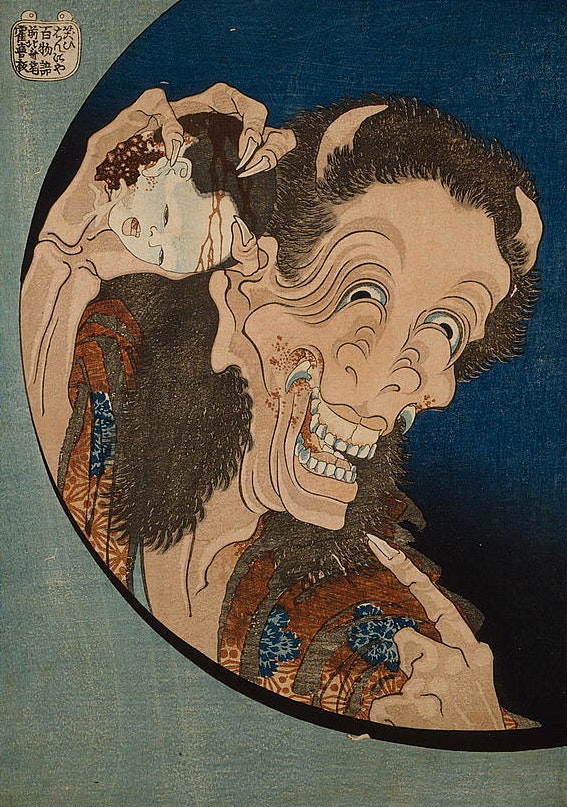
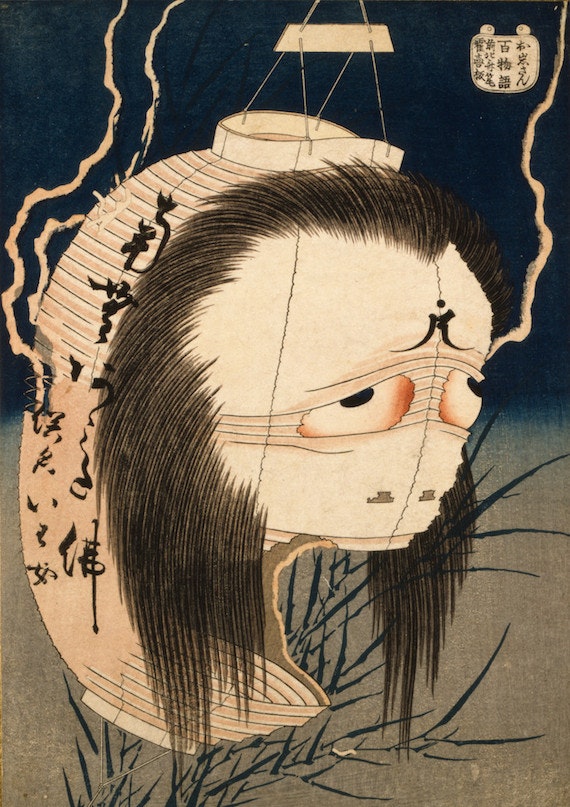
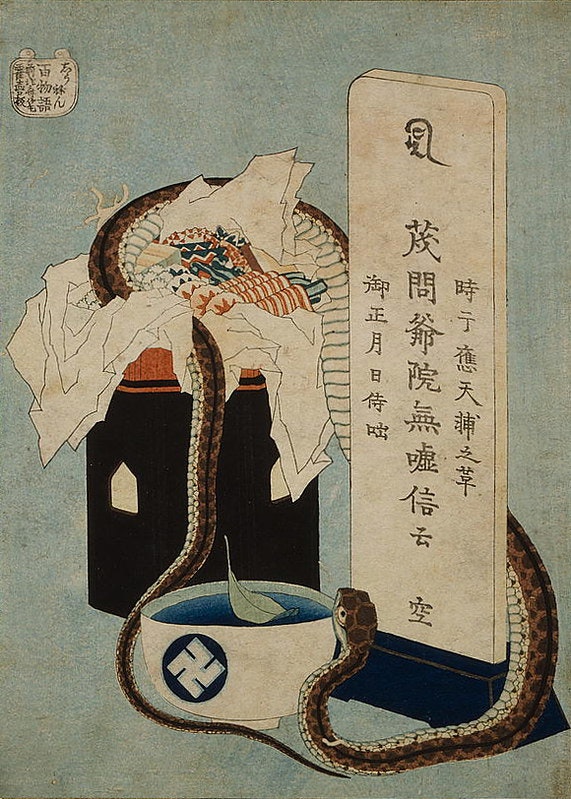
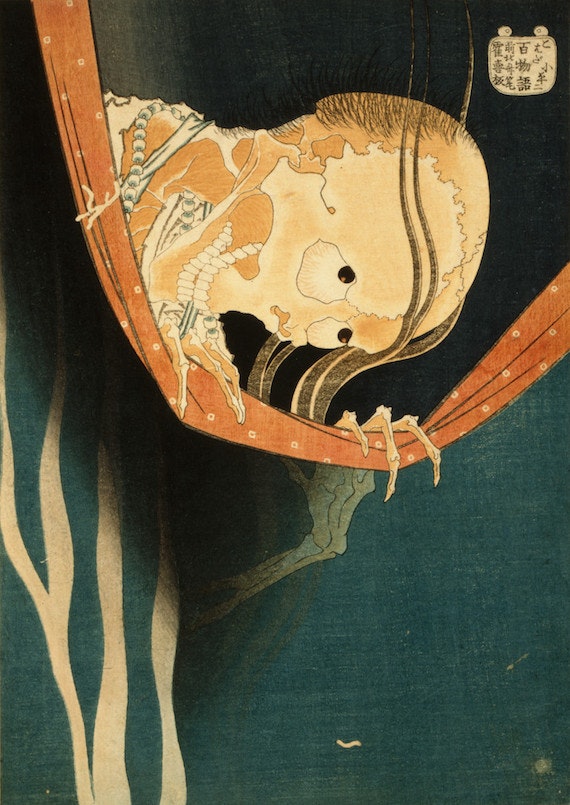


 HorrorAddicts.net Press Presents:
HorrorAddicts.net Press Presents: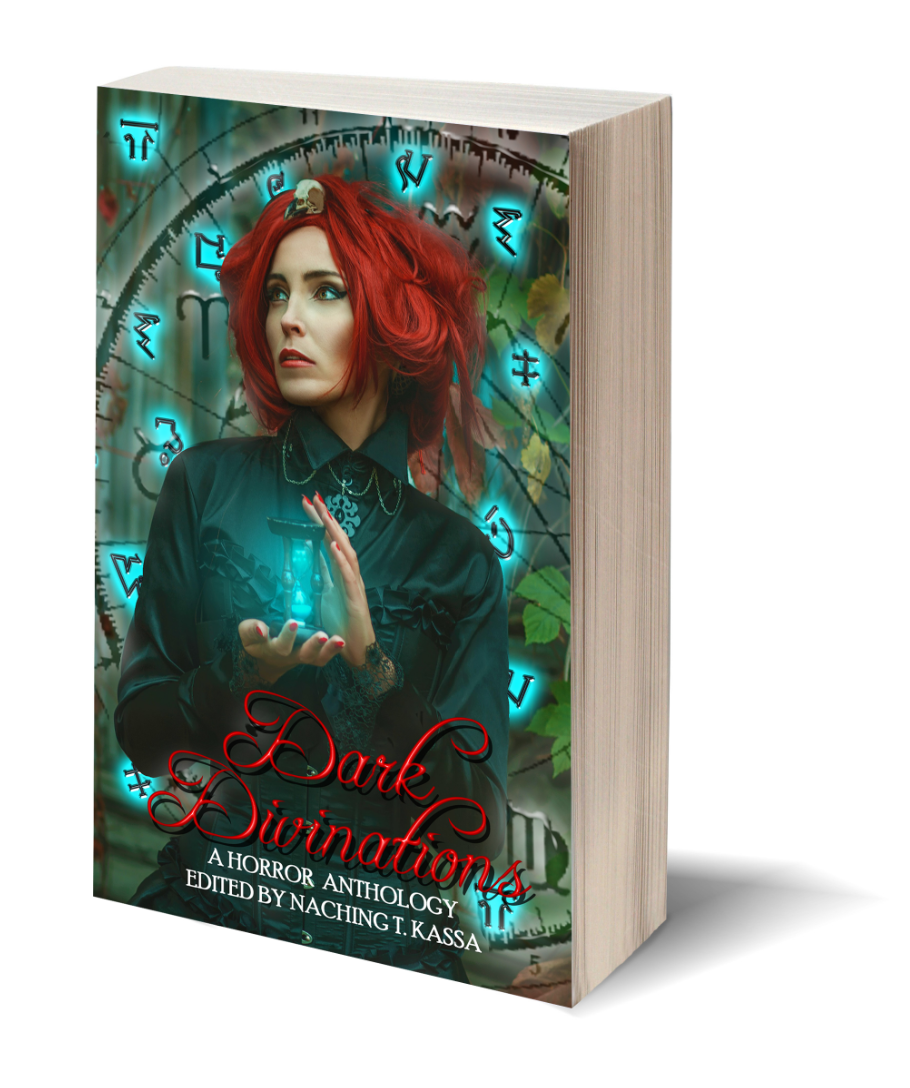



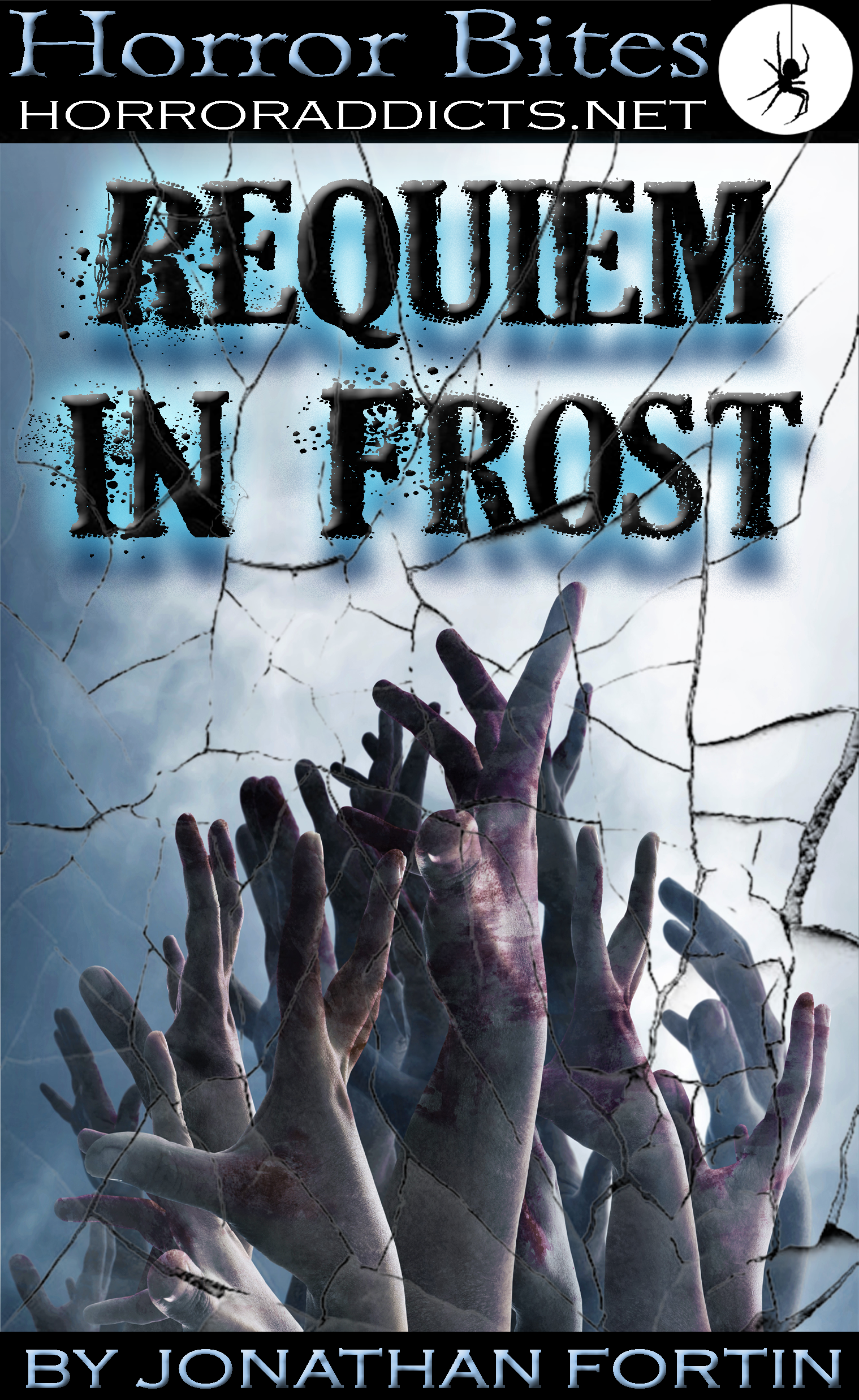 Horror Writer Contest winner, Jonathan Fortin.
Horror Writer Contest winner, Jonathan Fortin. Jonathan Fortin
Jonathan Fortin
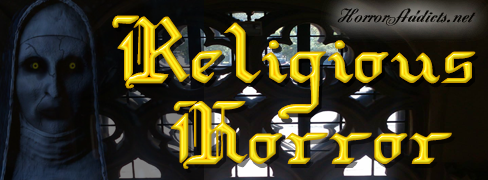










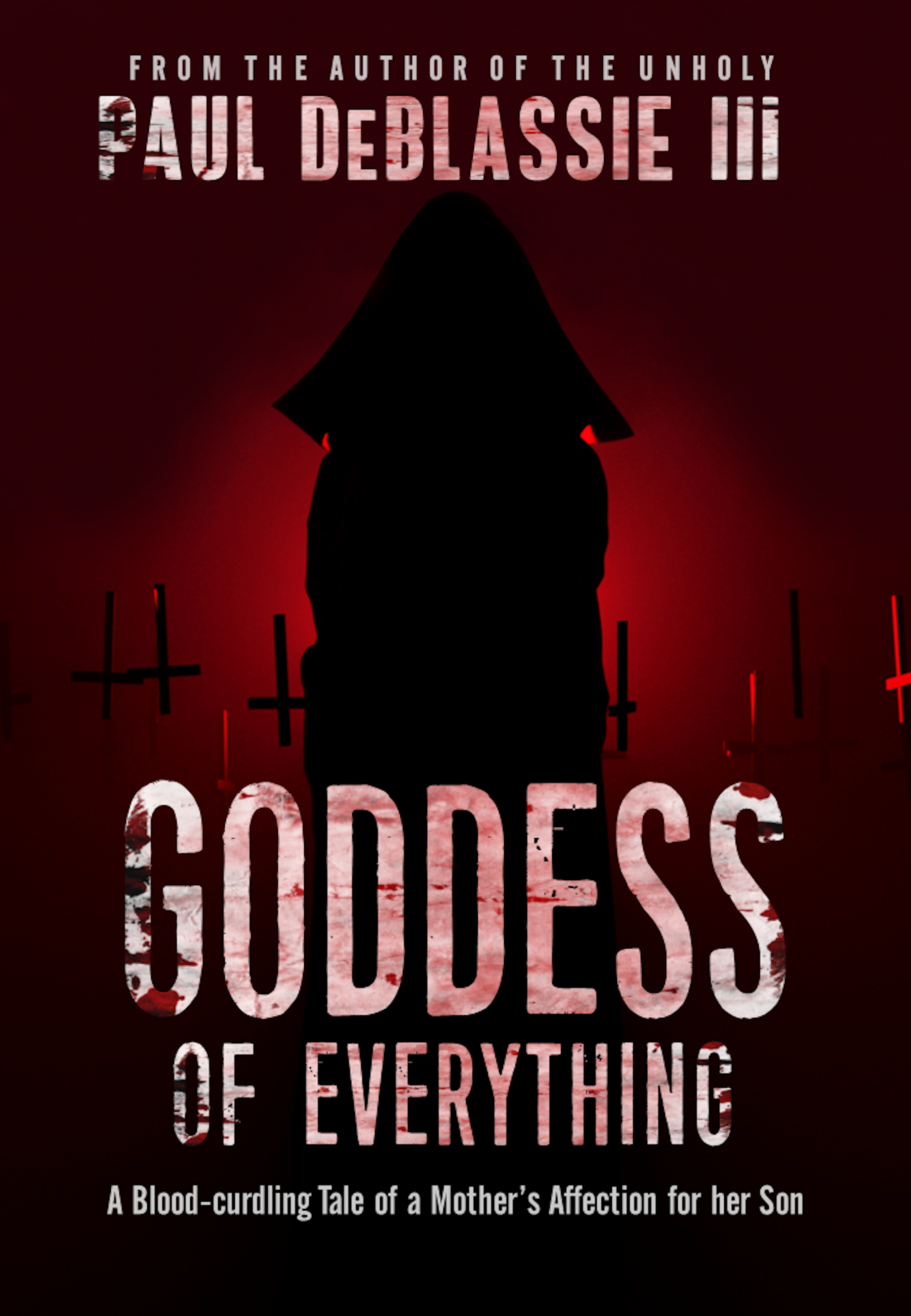




 Gothic stories, Jonathan was named the Next Great Horror Writer in 2017 by HorrorAddicts.net. He attended the Clarion Writing Program in 2012, one year after graduating summa cum laude from San Francisco State University’s Creative Writing program. When not writing, Jonathan enjoys voice acting, dressing like a Victorian gentleman, and indulging in all things odd and macabre in the San Francisco Bay Area.
Gothic stories, Jonathan was named the Next Great Horror Writer in 2017 by HorrorAddicts.net. He attended the Clarion Writing Program in 2012, one year after graduating summa cum laude from San Francisco State University’s Creative Writing program. When not writing, Jonathan enjoys voice acting, dressing like a Victorian gentleman, and indulging in all things odd and macabre in the San Francisco Bay Area. Hello Addicts,
Hello Addicts,


 the International Edgar Allan Poe Society. He lives in Canada on Vancouver Island.
the International Edgar Allan Poe Society. He lives in Canada on Vancouver Island. 



 anthologies Curse of the Gods (ed. Sarah Gribble), Once and Future Moon (ed. Allen Ashley), and Beneath Strange Stars (TL;DR Press). She often tweets and doodles when she should be writing.
anthologies Curse of the Gods (ed. Sarah Gribble), Once and Future Moon (ed. Allen Ashley), and Beneath Strange Stars (TL;DR Press). She often tweets and doodles when she should be writing. 
 Edited by Emerian Rich
Edited by Emerian Rich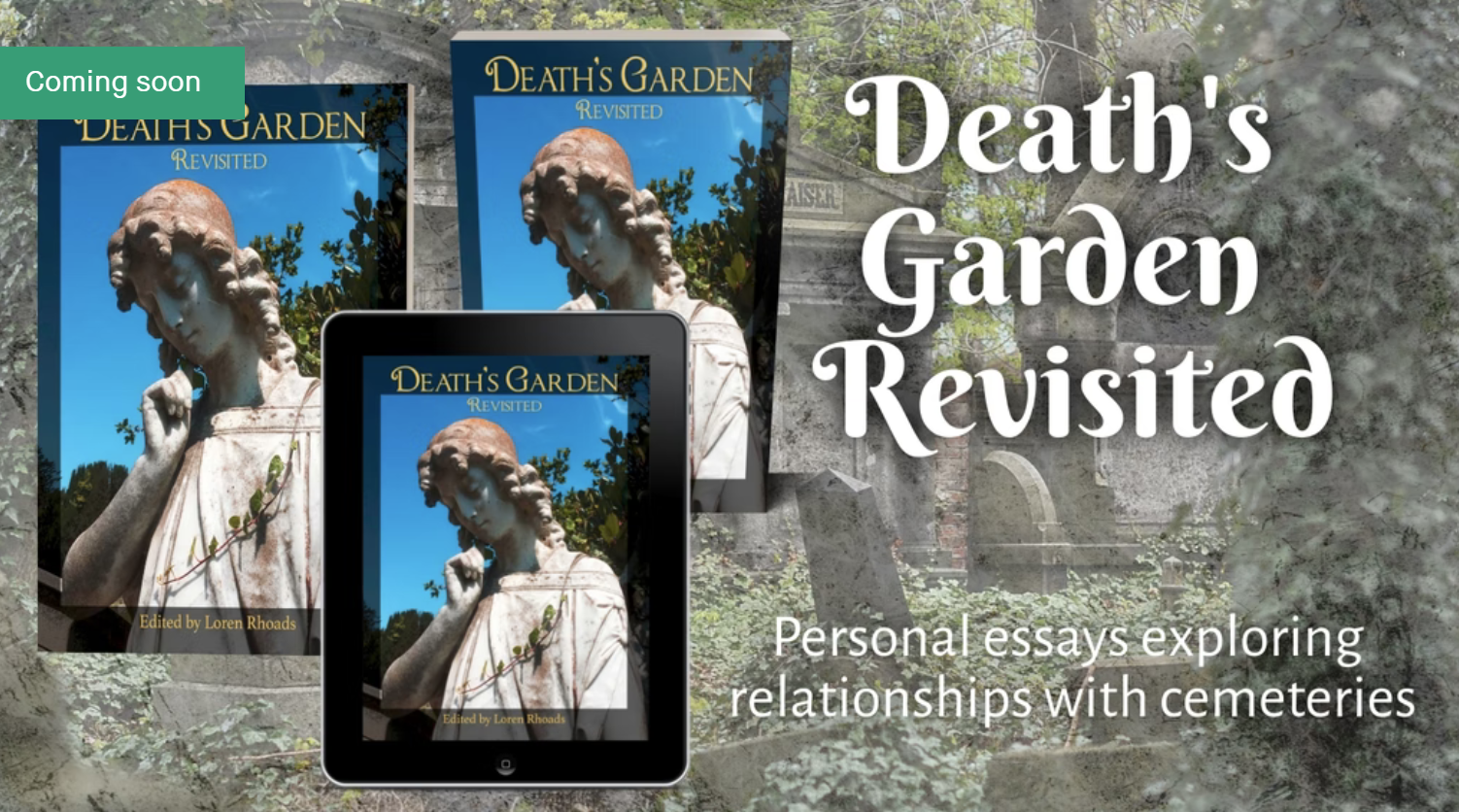


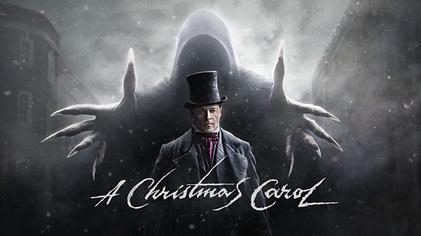 The refreshing script simplifies the Dickensian wordiness yet we do get some of the sardonic undigested beef quips amid self-aware glances at the camera and eternity spent in a forest of abandoned Christmas trees and forgotten childhood memories. An act of kindness said to be given to someone in pain is rejected as the abused perpetuate abuse, dealing in greed and people as commodities. Those scarred mentally and physically by the cruel, cost-cutting overseers rightfully call upon revenge like a reverse It’s A Wonderful Life orchestrating this spiritual comeuppance. Snowfall and ash in the air mix as other realms and childhood fears merge with violent canes, creepy singsongs, and pets caught in the chilling crossfire in a house that can’t afford another mouth to feed. Hiding behind the bed curtains is used to frightful effect as A Christmas Carol shows what the book implies yet leaves nasty suggestions to the shadows. Hope, however, can be found small as a mouse, big as a camel, or even in fanciful book illustrations come to life to save a boy’s mind from his torturous reality. Unfortunately, people are only worried about themselves. Gifts are just unwritten debts and unprofitable affections. These spirits force us to relive the darkest moments of the picture we paint so we may unlearn the ills that have shaped who we are. Here A Christmas Carol feels timely and modern, layering the past with disturbing familiar faces and real-world terrors that harden a boy’s heart and break our Christmas spirit. Magical deflections, pleas to go home, and facing the horrors combine for superb duality and visualizations as children may or may not see spirits and two of the same character appear in the same place at once. Loom factories become massive calculators in an industrial fantasy hitting home the cold hard numbers. Tragedy for many is opportunity for the few, and that’s just good business to see pounds instead of people and exploit their weaknesses accordingly. Shameful humiliations done on Christmas Day are born not out of desire, but agonizing experiments testing the solemn limits of what good people will do for money. Viewers contemplate how far A Christmas Carol will go in examining the the value of human virtue, and Merry Christmas greetings are said for all the wrong reasons – justifying the prayers, warnings, and curses that one day the truth will look us in the mirror. Mining survivors unite in memorial choirs, and the poor make up the difference with happiness and love instead of itemizing priceless intangibles. Halos at the altar suggest salvation, but admitting regret or that love came too late to stop hatred isn’t enough against chilling figures in the dark, haunting drownings, cracking ice, and death shrouds. Tolling bells and heartbeats announce the fatal consequences as we accept our deserved fate. For all the spirited meddling, it is up to us to change and act for the benefit of others without expectation of reward as A Christmas Carol concludes in full Dickensian compassion.
The refreshing script simplifies the Dickensian wordiness yet we do get some of the sardonic undigested beef quips amid self-aware glances at the camera and eternity spent in a forest of abandoned Christmas trees and forgotten childhood memories. An act of kindness said to be given to someone in pain is rejected as the abused perpetuate abuse, dealing in greed and people as commodities. Those scarred mentally and physically by the cruel, cost-cutting overseers rightfully call upon revenge like a reverse It’s A Wonderful Life orchestrating this spiritual comeuppance. Snowfall and ash in the air mix as other realms and childhood fears merge with violent canes, creepy singsongs, and pets caught in the chilling crossfire in a house that can’t afford another mouth to feed. Hiding behind the bed curtains is used to frightful effect as A Christmas Carol shows what the book implies yet leaves nasty suggestions to the shadows. Hope, however, can be found small as a mouse, big as a camel, or even in fanciful book illustrations come to life to save a boy’s mind from his torturous reality. Unfortunately, people are only worried about themselves. Gifts are just unwritten debts and unprofitable affections. These spirits force us to relive the darkest moments of the picture we paint so we may unlearn the ills that have shaped who we are. Here A Christmas Carol feels timely and modern, layering the past with disturbing familiar faces and real-world terrors that harden a boy’s heart and break our Christmas spirit. Magical deflections, pleas to go home, and facing the horrors combine for superb duality and visualizations as children may or may not see spirits and two of the same character appear in the same place at once. Loom factories become massive calculators in an industrial fantasy hitting home the cold hard numbers. Tragedy for many is opportunity for the few, and that’s just good business to see pounds instead of people and exploit their weaknesses accordingly. Shameful humiliations done on Christmas Day are born not out of desire, but agonizing experiments testing the solemn limits of what good people will do for money. Viewers contemplate how far A Christmas Carol will go in examining the the value of human virtue, and Merry Christmas greetings are said for all the wrong reasons – justifying the prayers, warnings, and curses that one day the truth will look us in the mirror. Mining survivors unite in memorial choirs, and the poor make up the difference with happiness and love instead of itemizing priceless intangibles. Halos at the altar suggest salvation, but admitting regret or that love came too late to stop hatred isn’t enough against chilling figures in the dark, haunting drownings, cracking ice, and death shrouds. Tolling bells and heartbeats announce the fatal consequences as we accept our deserved fate. For all the spirited meddling, it is up to us to change and act for the benefit of others without expectation of reward as A Christmas Carol concludes in full Dickensian compassion. You see, being a Gemini, I have a romance side and a horror side (Surpirze! It’s me, Emerian Rich) which makes me the perfect person to talk to you about Northanger Abbey and its horror-loving heroine, Catherine Morland.
You see, being a Gemini, I have a romance side and a horror side (Surpirze! It’s me, Emerian Rich) which makes me the perfect person to talk to you about Northanger Abbey and its horror-loving heroine, Catherine Morland.

 takes readers on a deliciously horrifying journey through wildly imagined apocalyptic landscapes. With each piece, he paints a picture more wild and weird than the last. The vivid imagery all but leaps off the page, pulling the reader further into the mad, broken world Gold has built.
takes readers on a deliciously horrifying journey through wildly imagined apocalyptic landscapes. With each piece, he paints a picture more wild and weird than the last. The vivid imagery all but leaps off the page, pulling the reader further into the mad, broken world Gold has built. 














 A Horror Disaster Anthology
A Horror Disaster Anthology